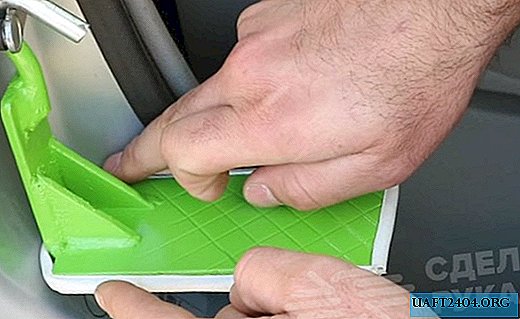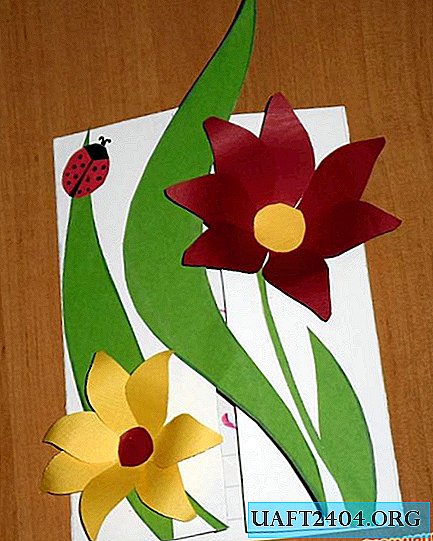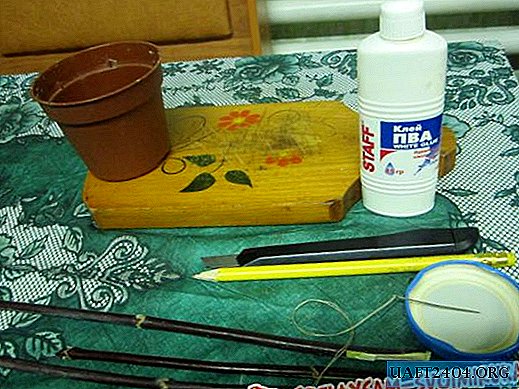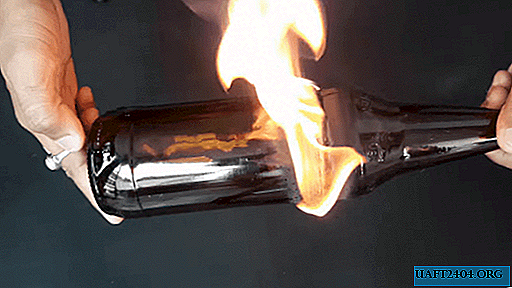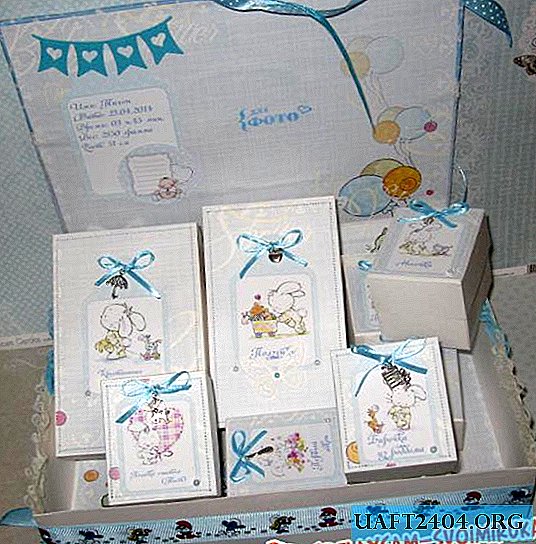Share
Pin
Tweet
Send
Share
Send
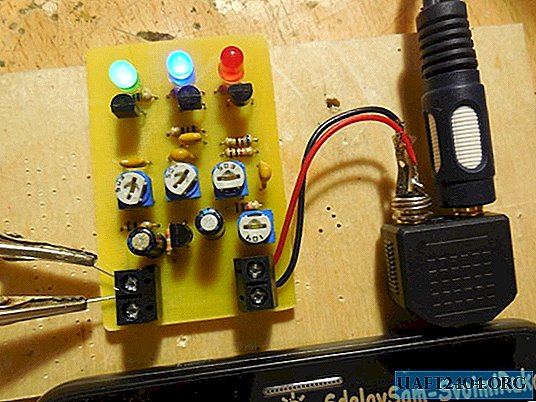
Sometimes one wants to create a bright light show at home, call friends, turn on louder music and plunge into the atmosphere of a disco. There are usually no problems with music and friends, but organizing color music can be quite problematic. Even the simplest lighting effects cost, at times, decent money, and besides, far from all stores sell them. But what if the desire to enjoy the flashing lights to the music does not fade away? There is a way out - to assemble the color music yourself.
Color Music Scheme

The circuit is simple as a felt boot, it contains only three transistors and a handful of resistors with capacitors. It contains three filters for low, medium and high frequencies, so this color music can be called three-channel. The red LED lights up when low frequencies prevail in the audio signal, the blue LED responds to the middle frequencies, and the green LED to high frequencies. Trimmer resistors R4 - R6 regulate the sensitivity of each channel, with their help sets the necessary brightness of the glow. Transistors VT1 - VT3 commute LEDs, here you can use any n-p-n transistors of low power, for example, BC547, BC337, KT3102. Instead of individual LEDs, to increase the brightness, you can use segments of the LED strip, in this case, transistors should be supplied with more power, for example, BD139, 2N4923, KT961. An audio signal can be input to the circuit, for example, from a player, telephone or computer. However, it may turn out that the sound signal level is not enough to open the transistors of this circuit and the LEDs will be dim. To avoid this, the signal must be amplified, for example, using a simple amplifier on a single transistor, the circuit of which is shown below.
Amplifier circuit

Any low-power transistor can be used, the domestic KT3102 has proven itself in this circuit. Using the tuning resistor R1, you can adjust the level of the signal supplied to the color music circuit. The amplifier is powered by the same 9 - 12 volts. You can even send a weak signal from the phone to its input, because it will be amplified to the desired level.

Assembly of simple color music
After analyzing the schemes, you can proceed directly to the assembly of the structure. Both circuits can be assembled on one board, as I did. The printed circuit board has dimensions 35x55 mm and is performed by the LUT method. A few photos of the process:



Download board:
pechatnaya-plata.zip 8.98 Kb (downloads: 484)
After the excess copper is etched, the holes are drilled, the paths are tinned, you can begin to solder the parts. The first soldered small parts - resistors, followed by capacitors, transistors. Last but not least, massive tuning resistors are installed on the board. To connect the power wires and the sound signal, you can use the terminal blocks, then connecting the wires will be much more convenient. After all the parts are sealed, it is necessary to wash the circuit board from the flux, ring the adjacent tracks for a short circuit.


First power up and setup
It’s worth supplying voltage to the board by including an ammeter in the gap of one of the power wires. If there is no signal at the input, the circuit consumes about 1-2 mA. All tuning resistors need to be turned in the middle position, after that you can apply an audio signal to the input of the circuit. To do this, use a splitter that plugs into the jack of your phone or player. In this case, the signal will simultaneously arrive at both the speakers and the color music board. With the help of R1, it is necessary to ensure that the brightness of the LEDs is sufficient. Then, with the help of resistors R4 - R6, each channel is regulated separately so that the brightness of the glow of all the LEDs is the same. After the circuit is configured, instead of individual LEDs, you can connect bright LED strips, turn on louder music and enjoy the work done. Have a nice build!


The work of such color music is clearly shown in the video:
Share
Pin
Tweet
Send
Share
Send



